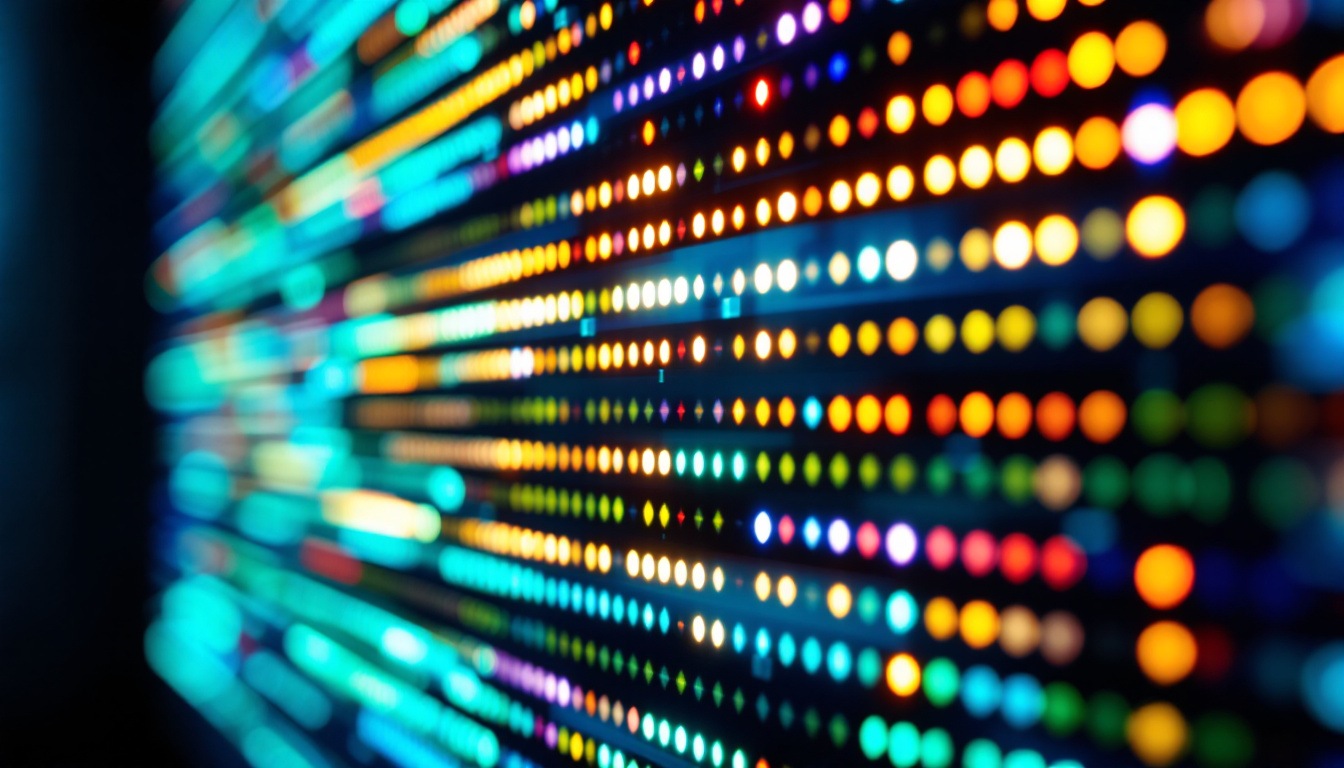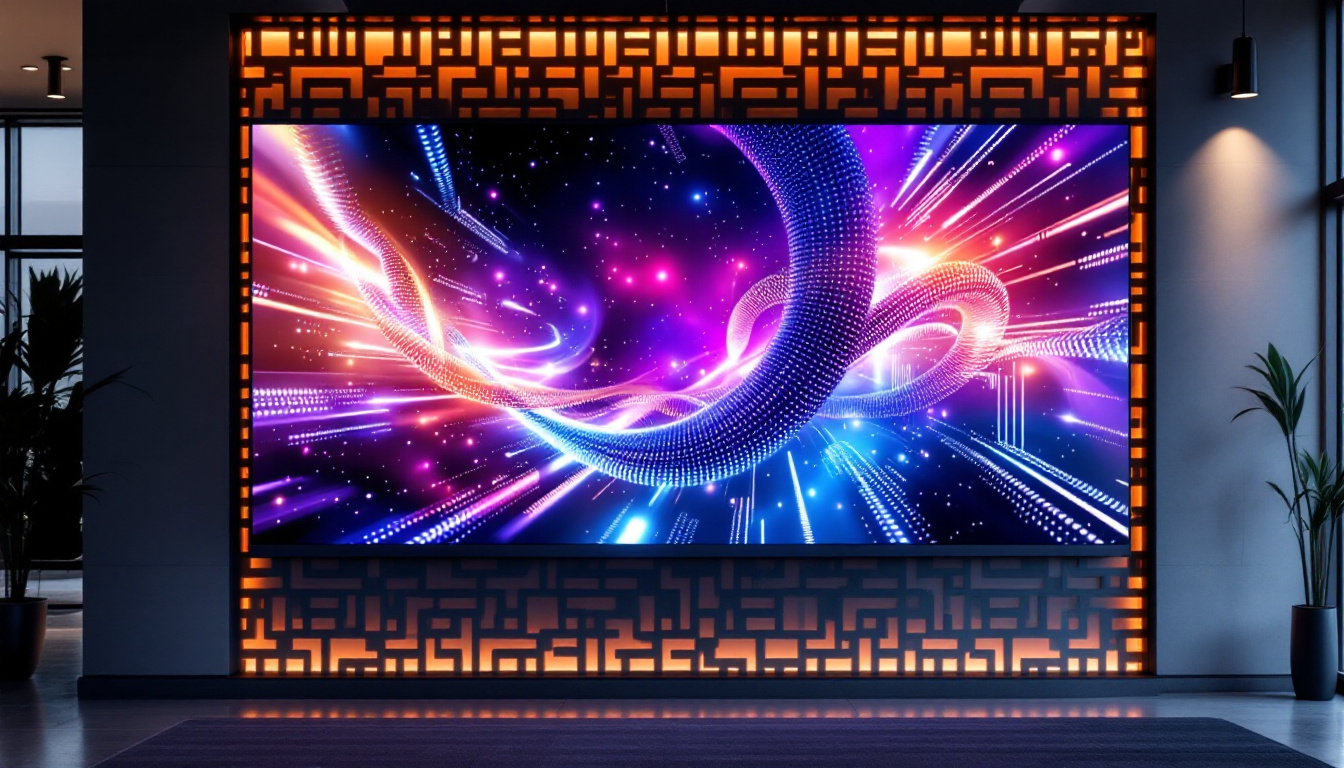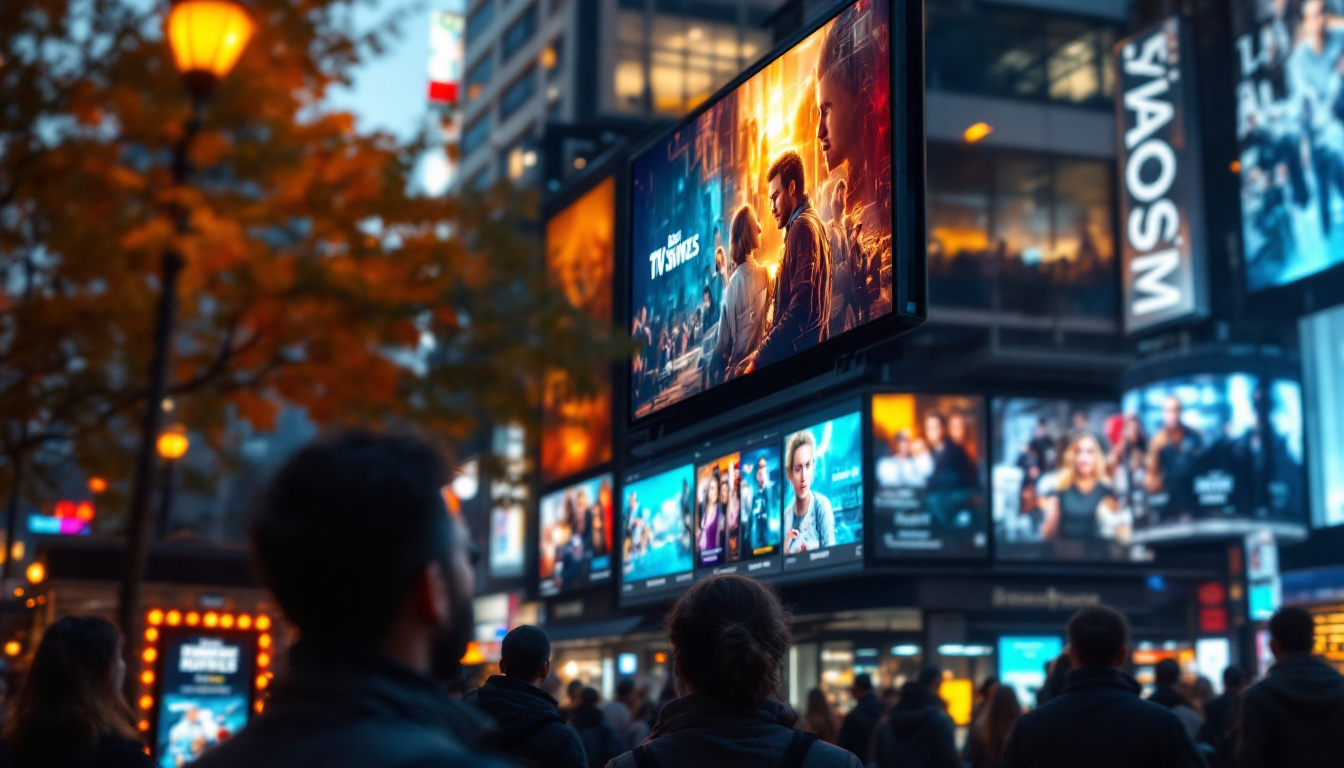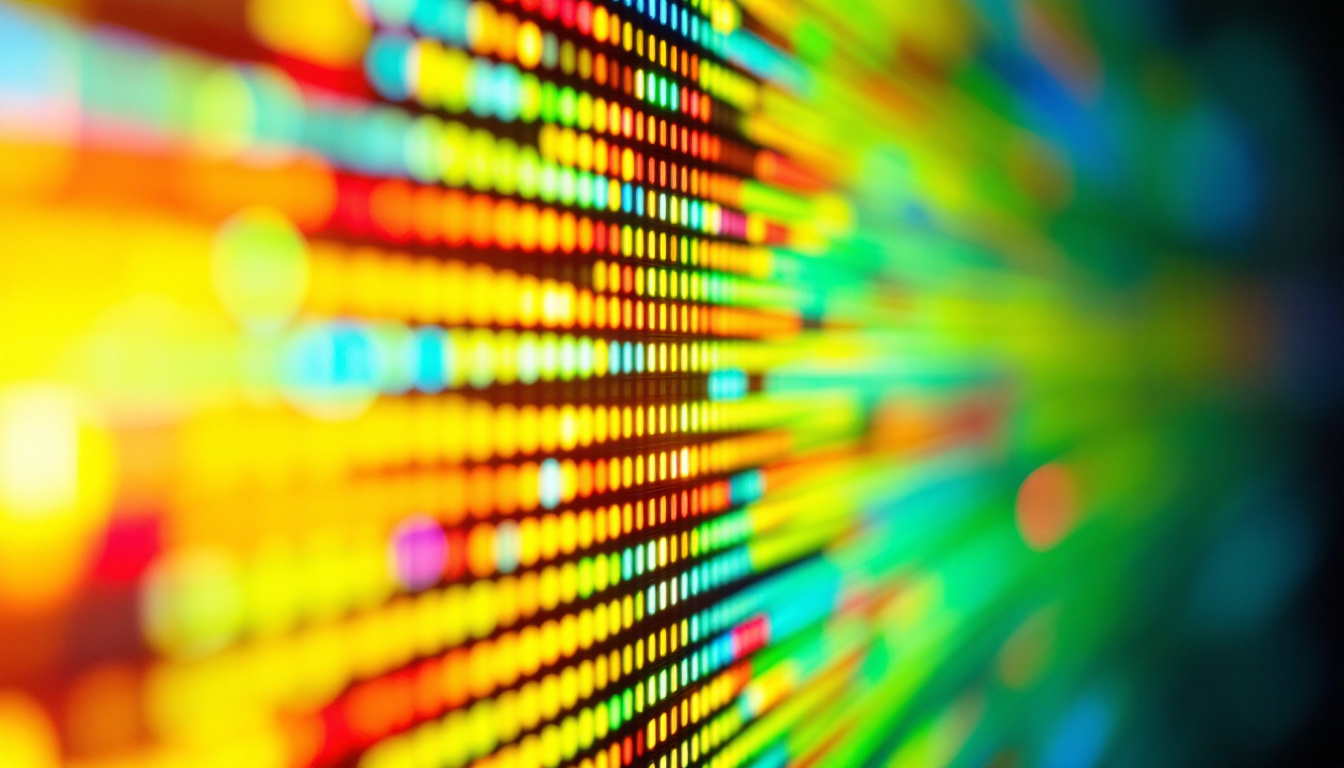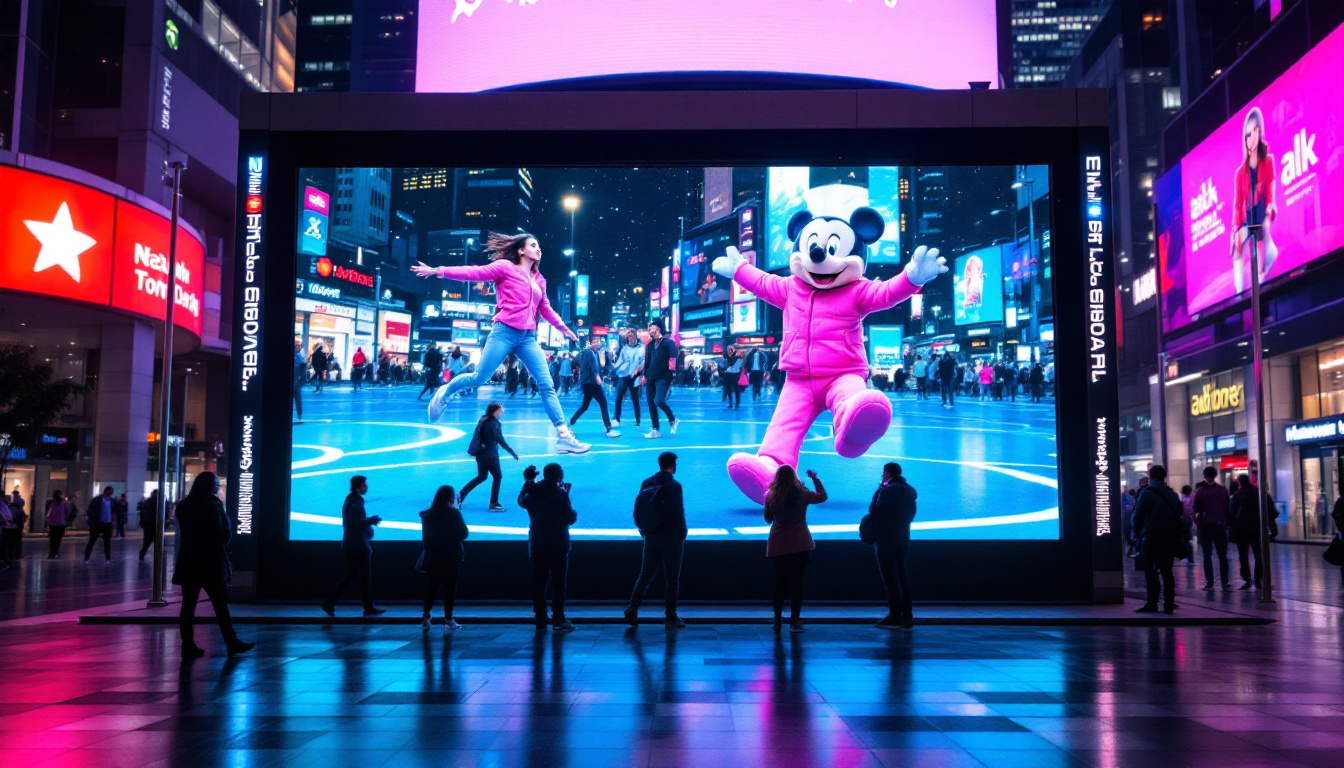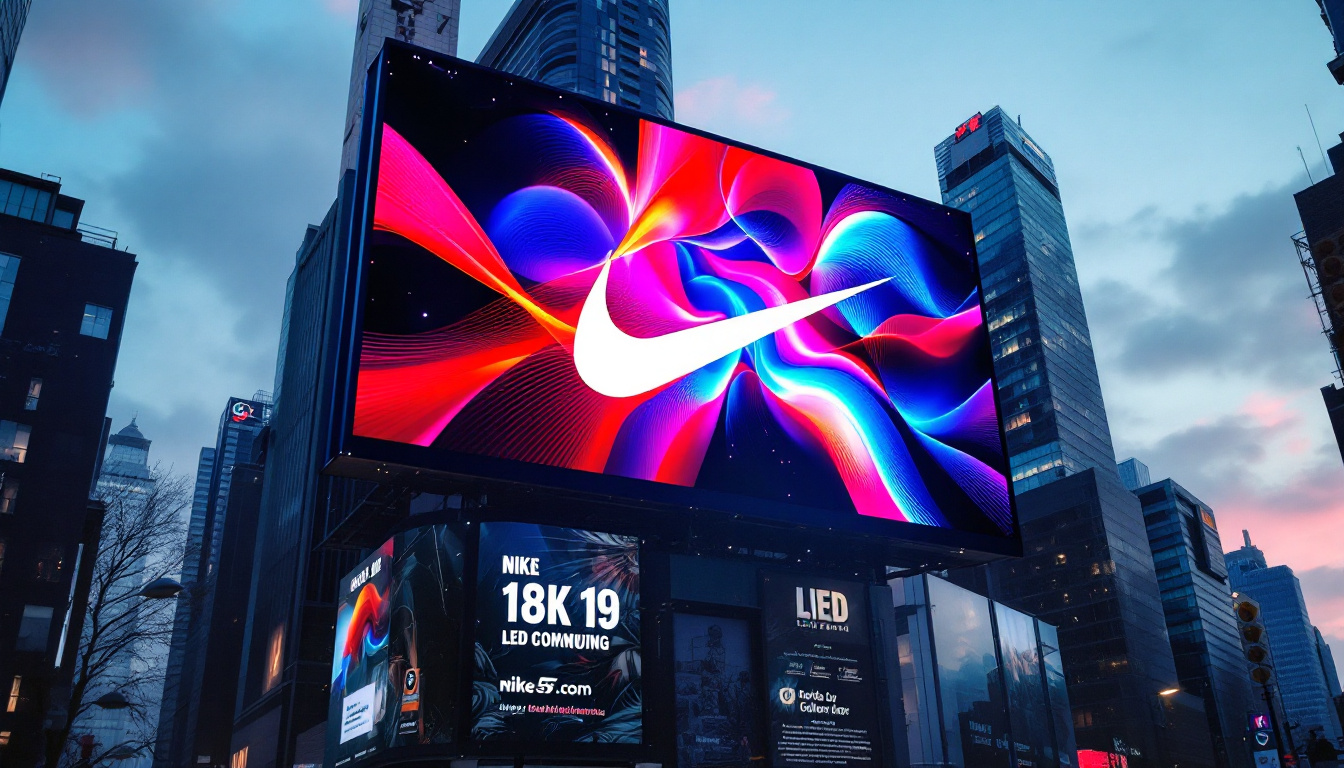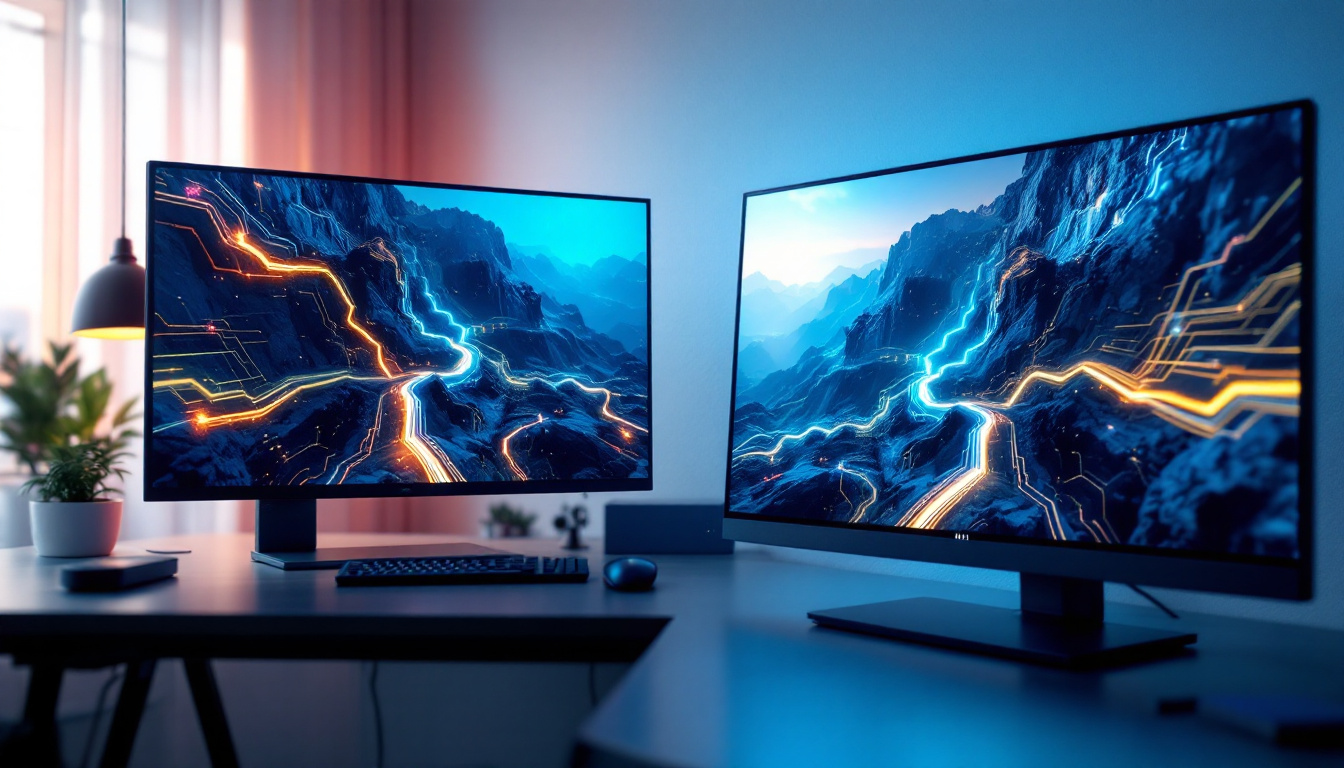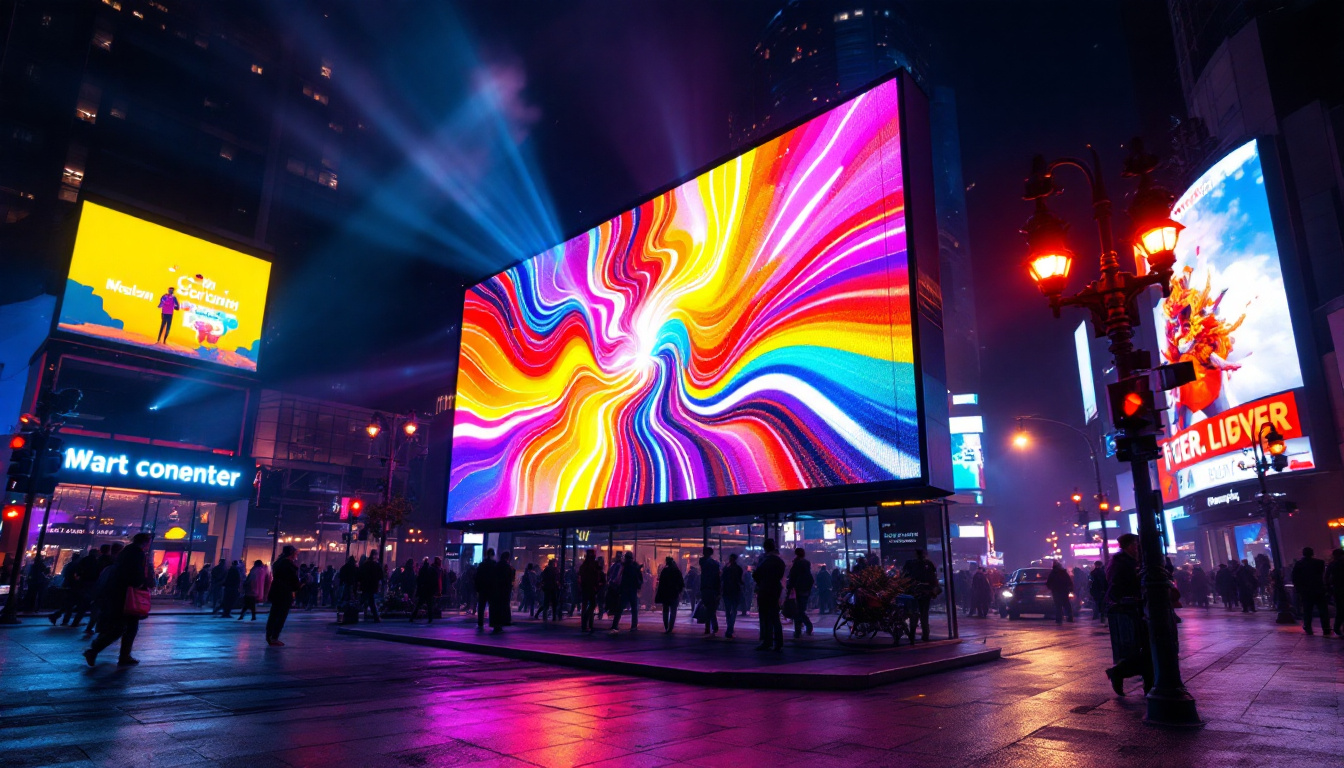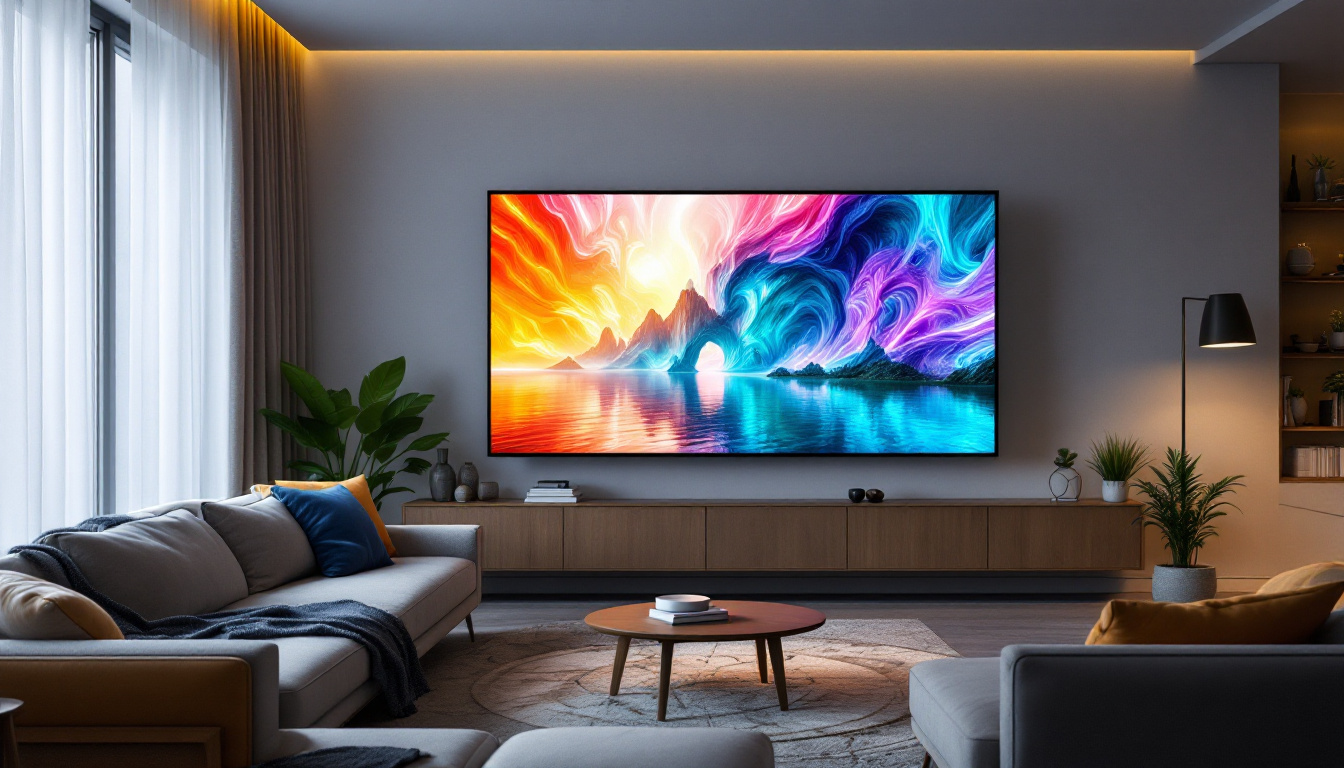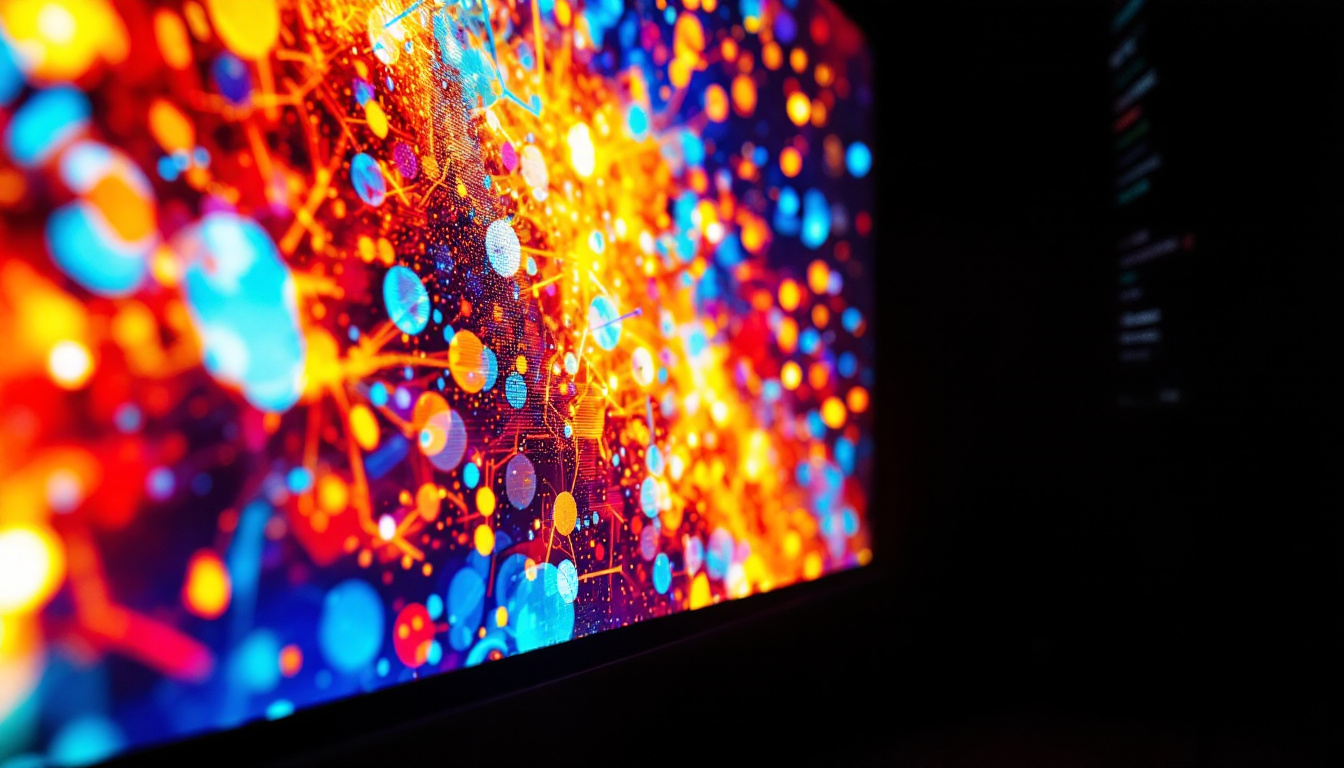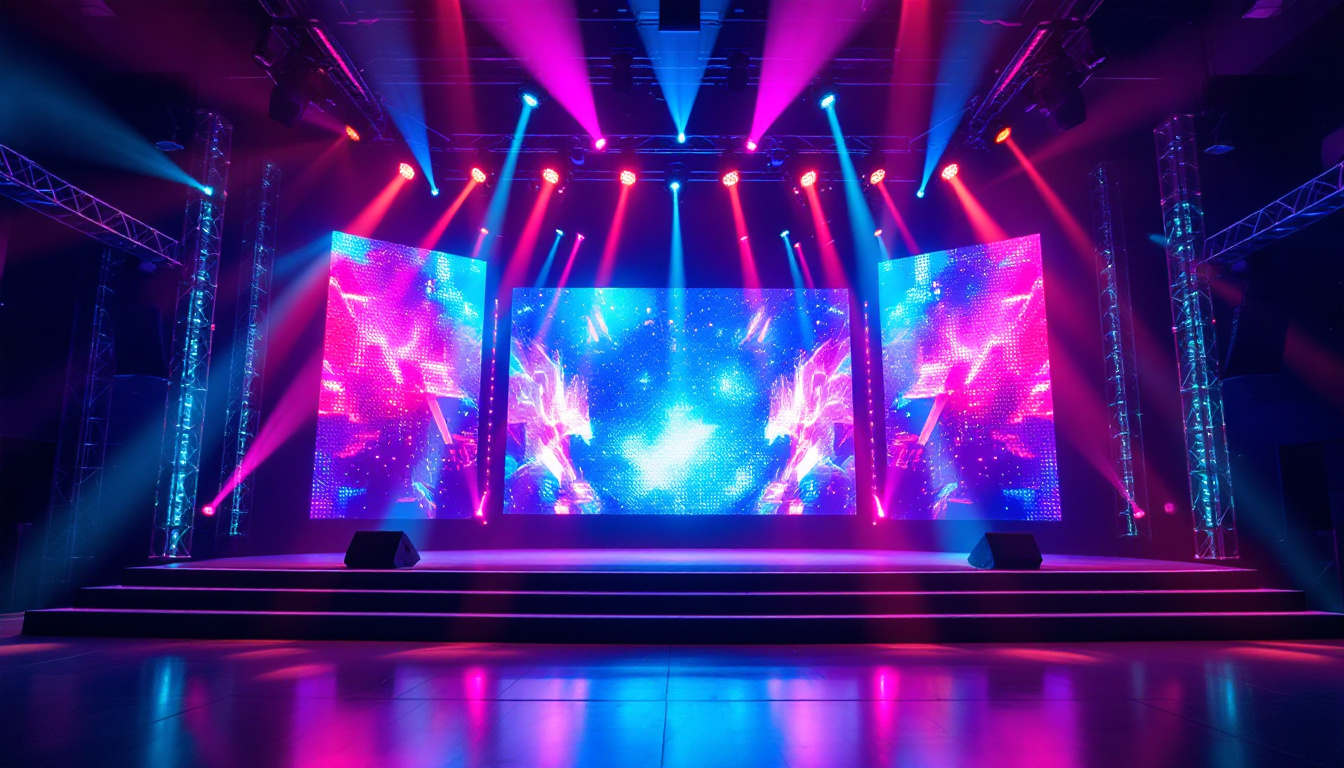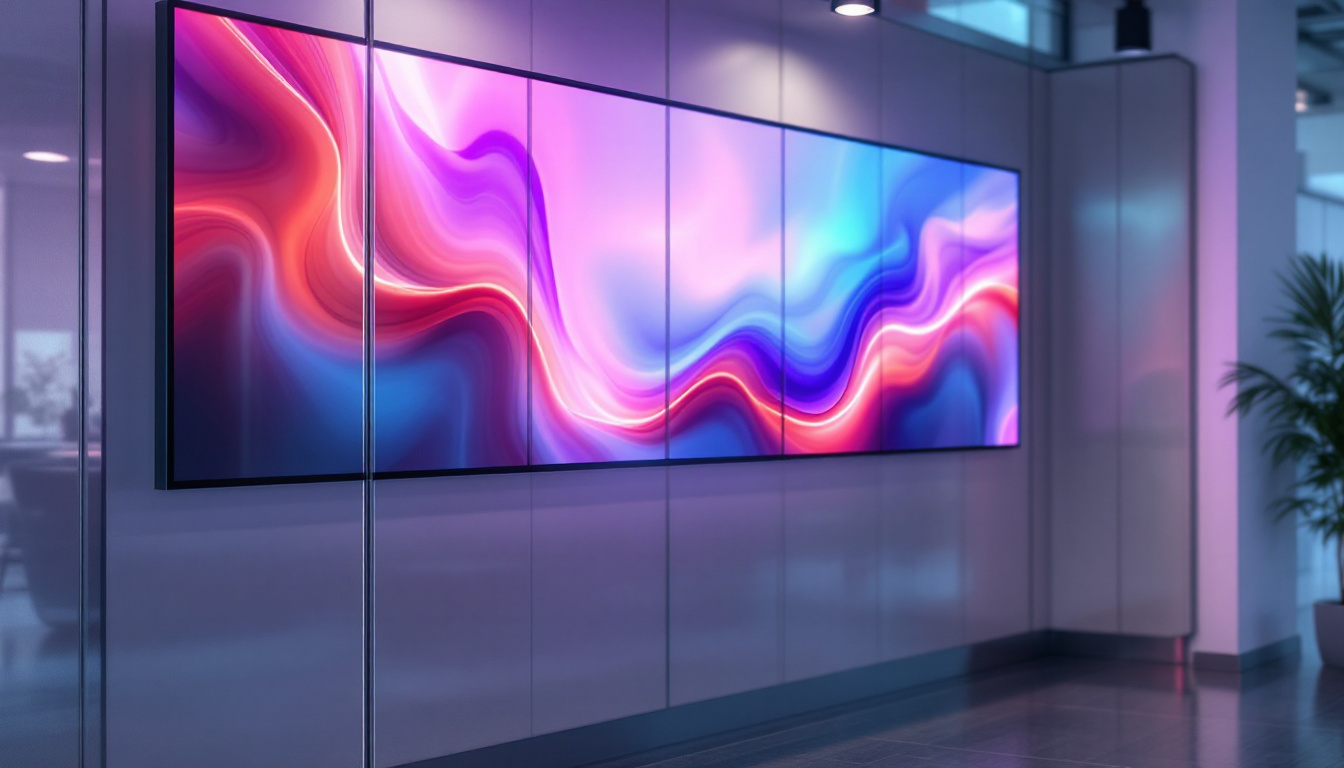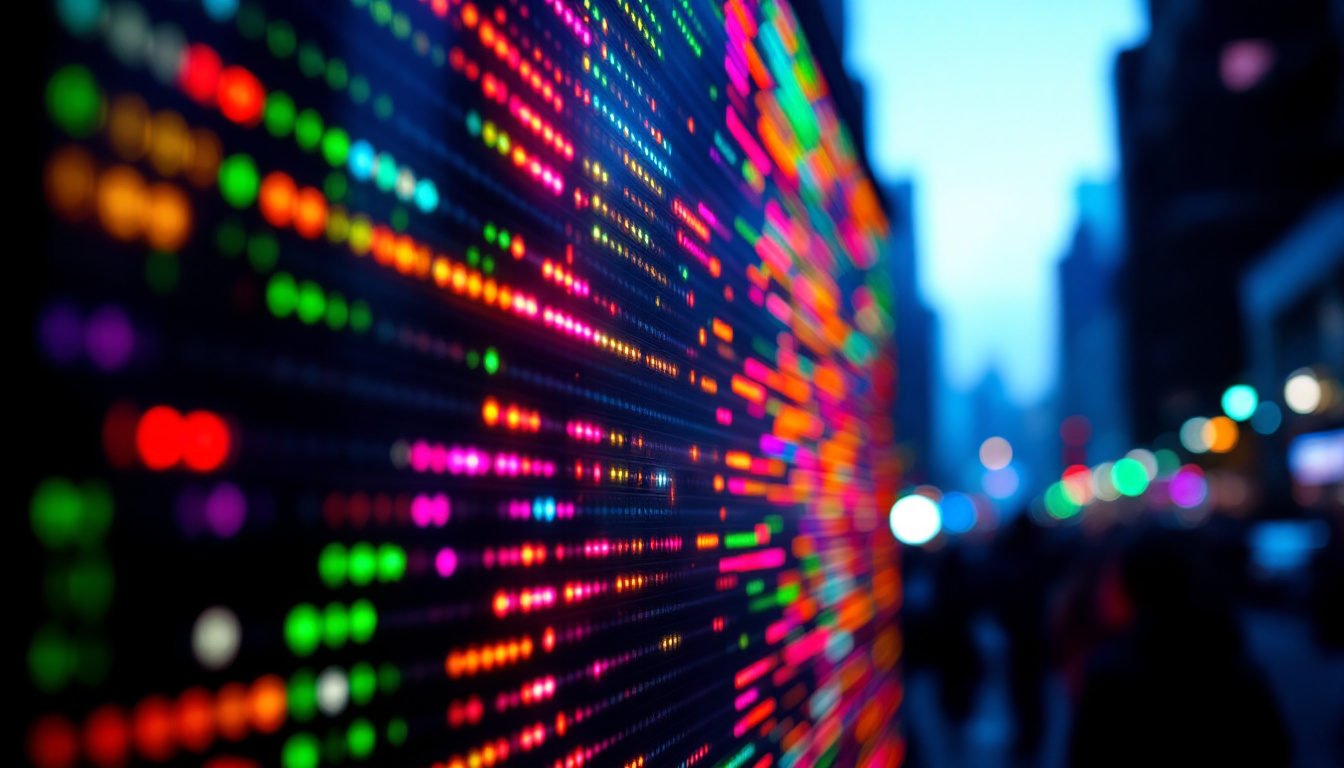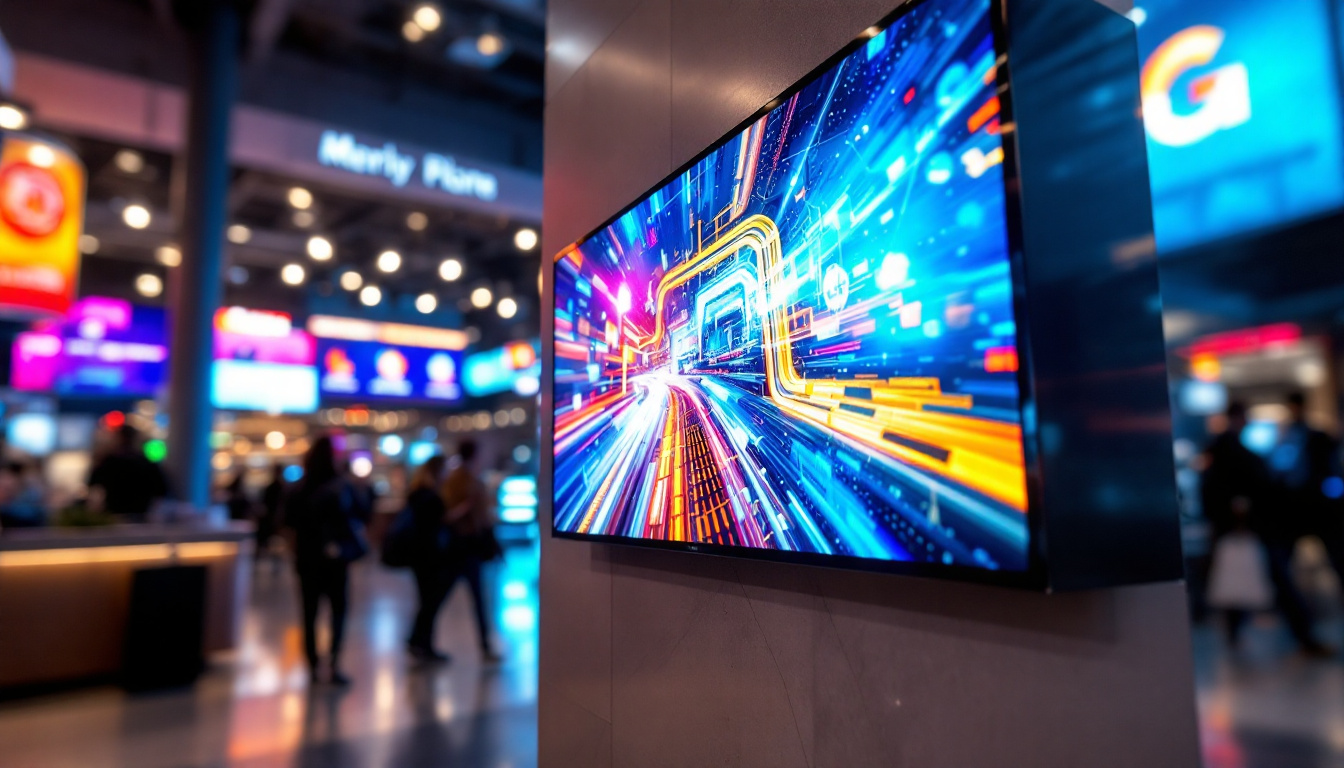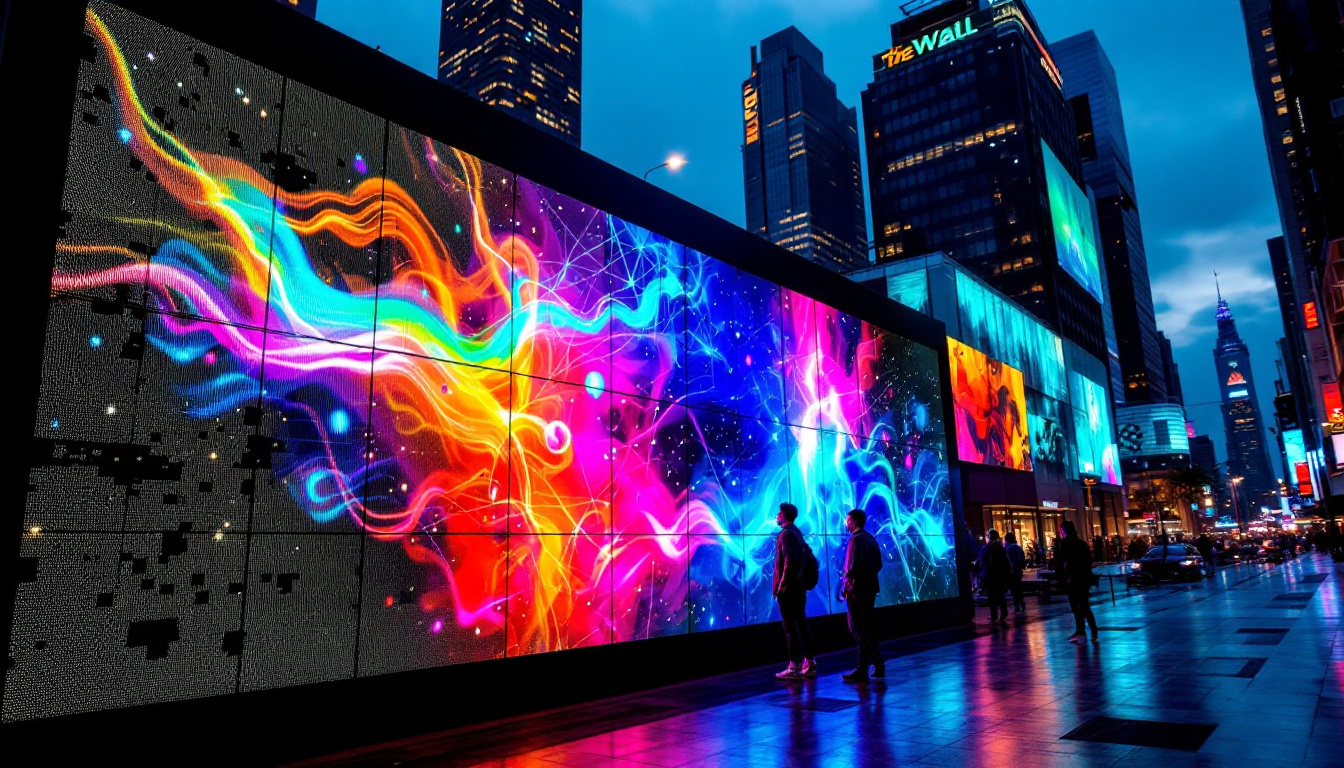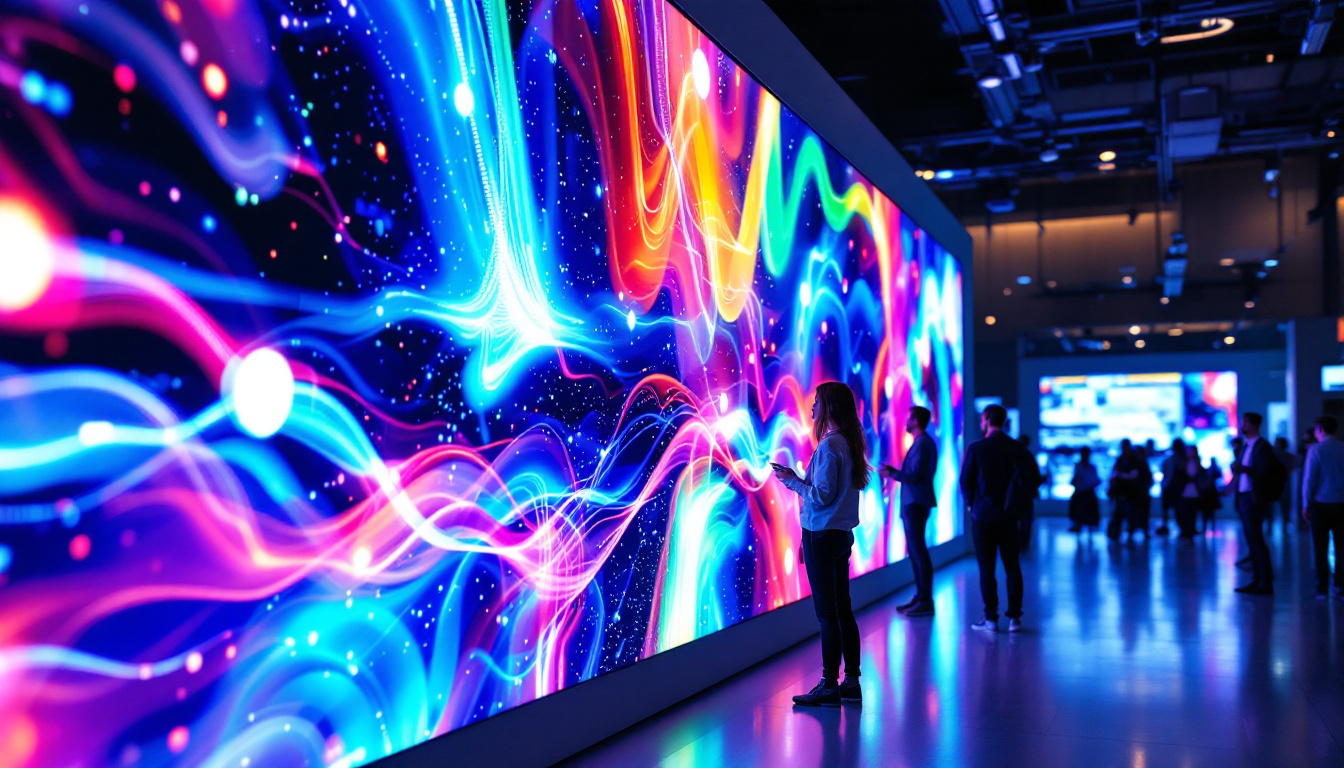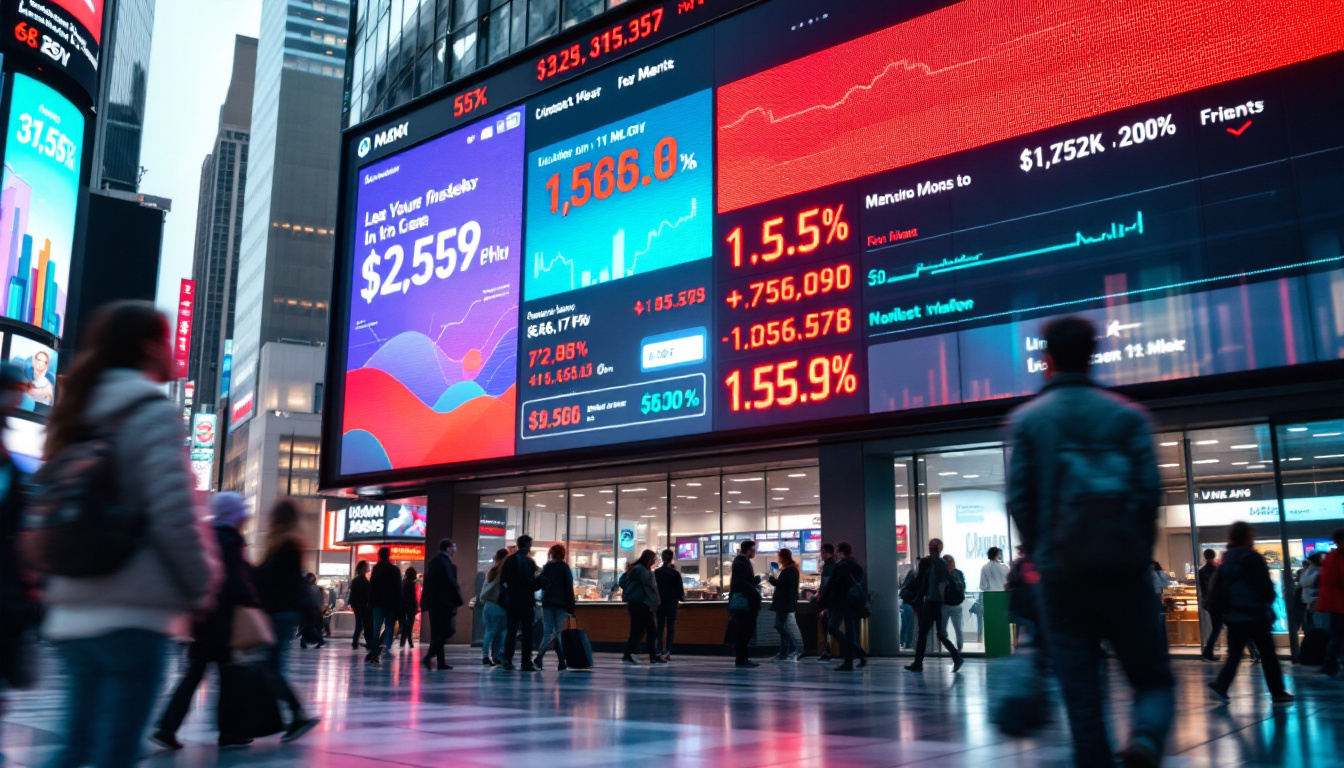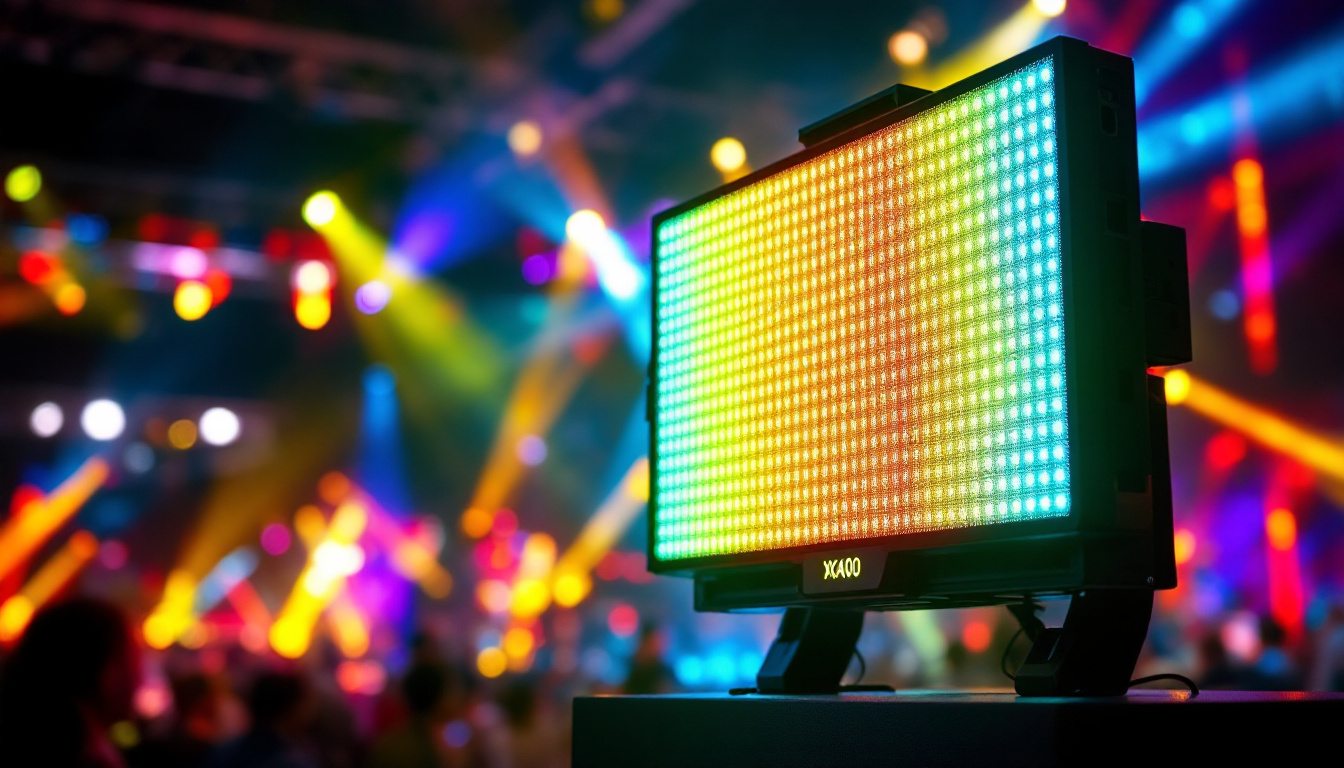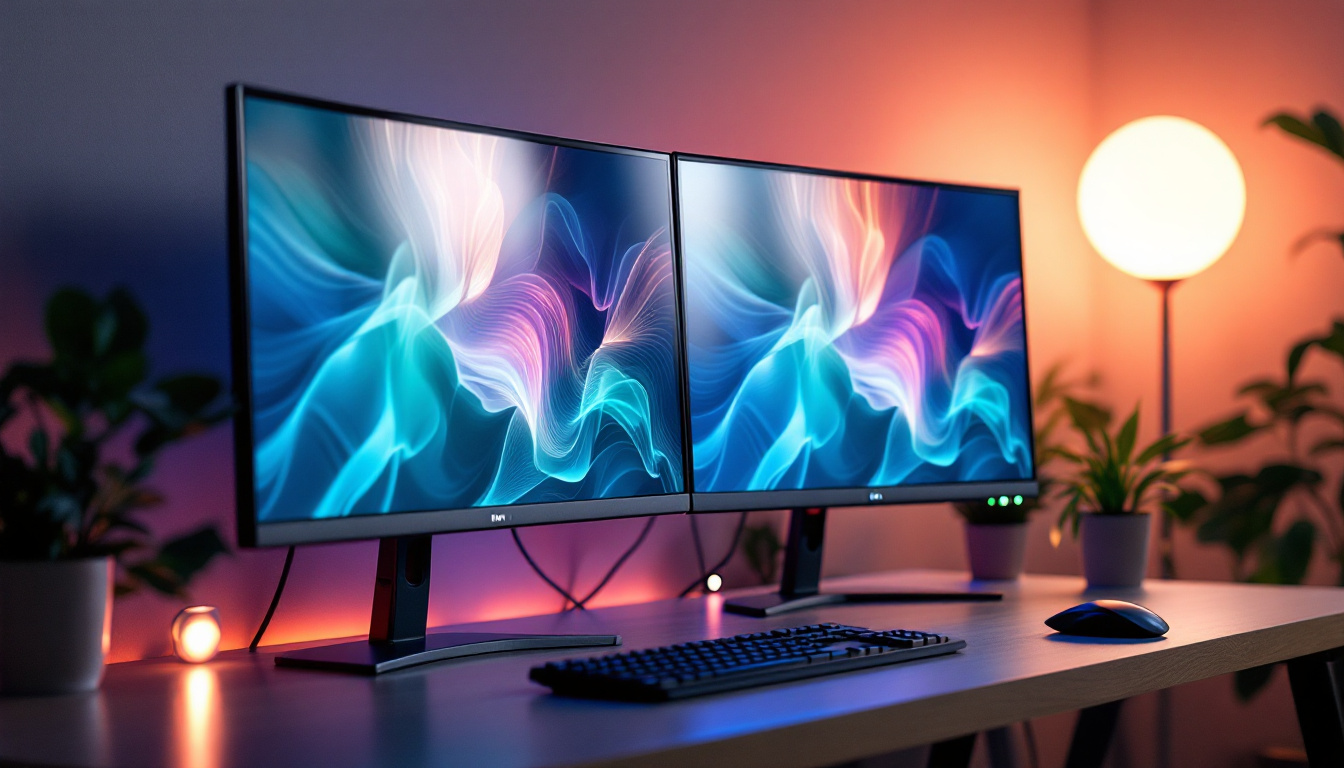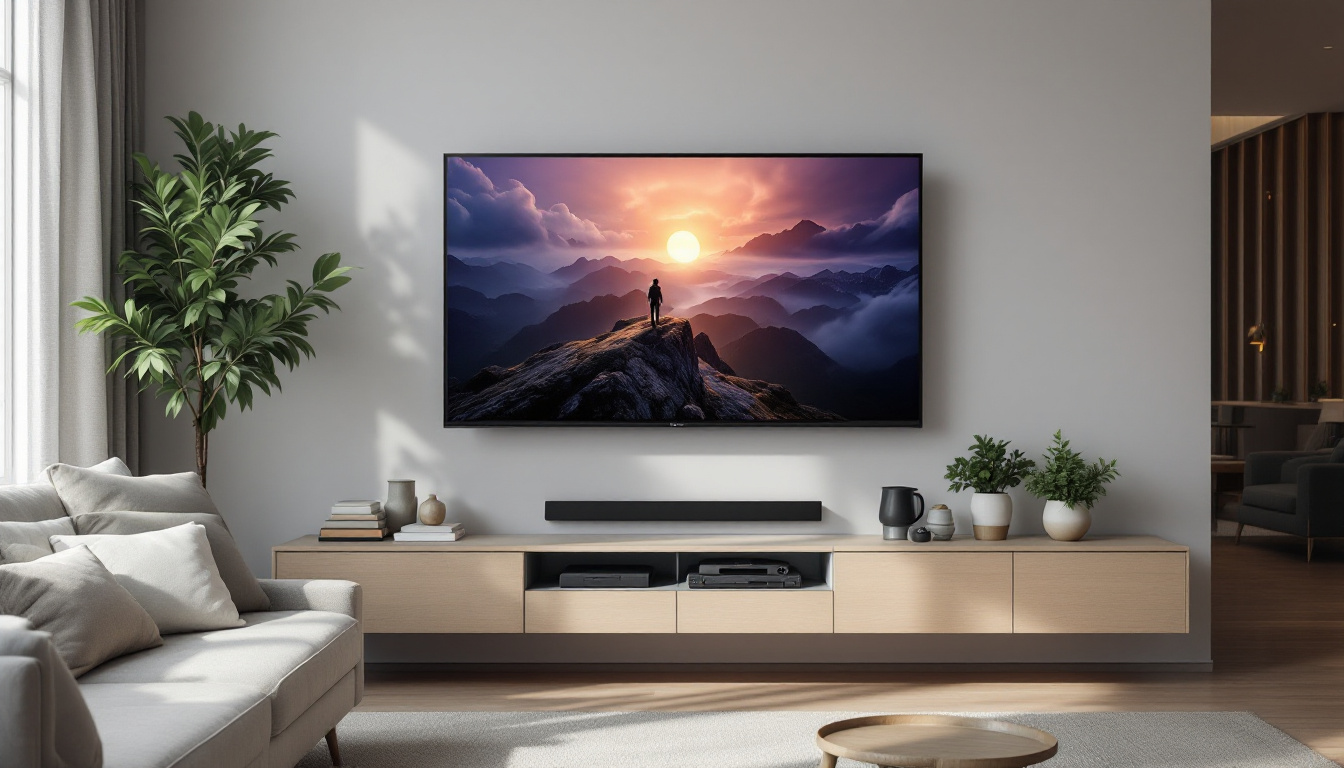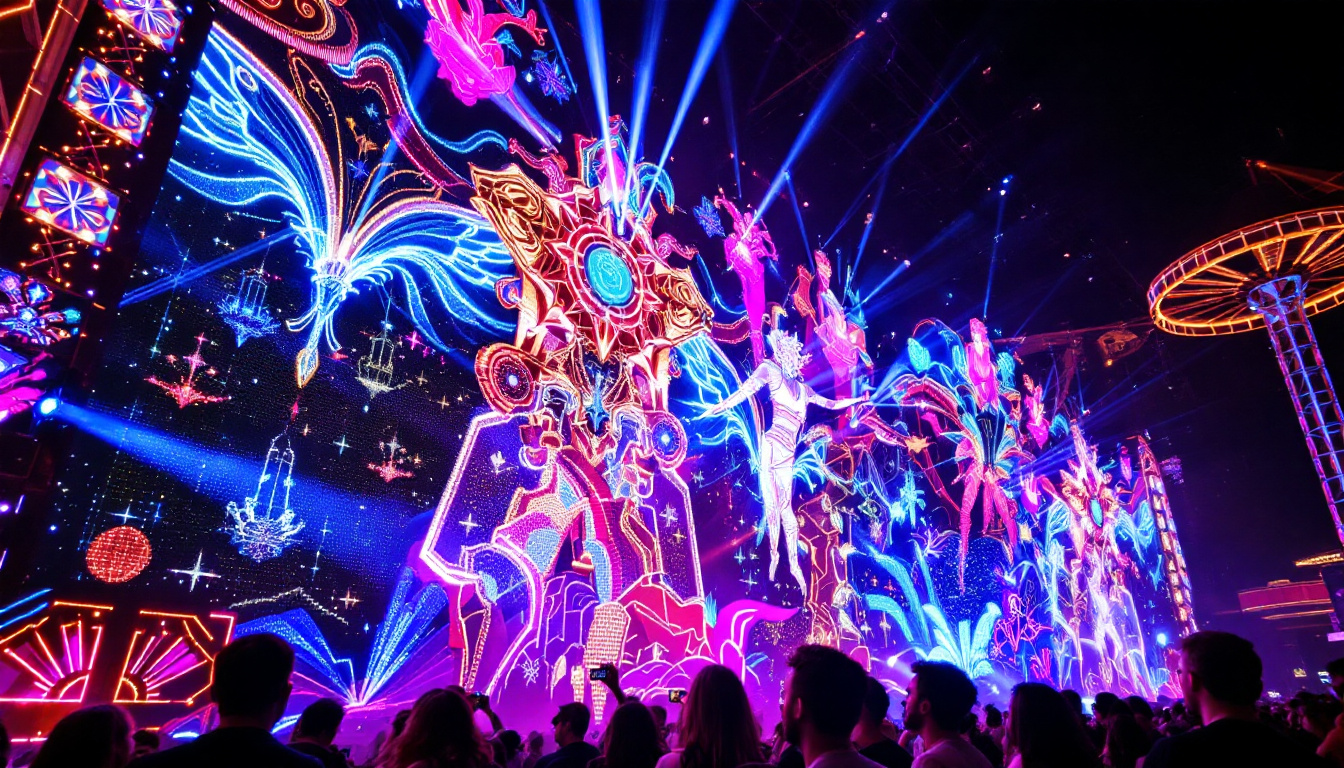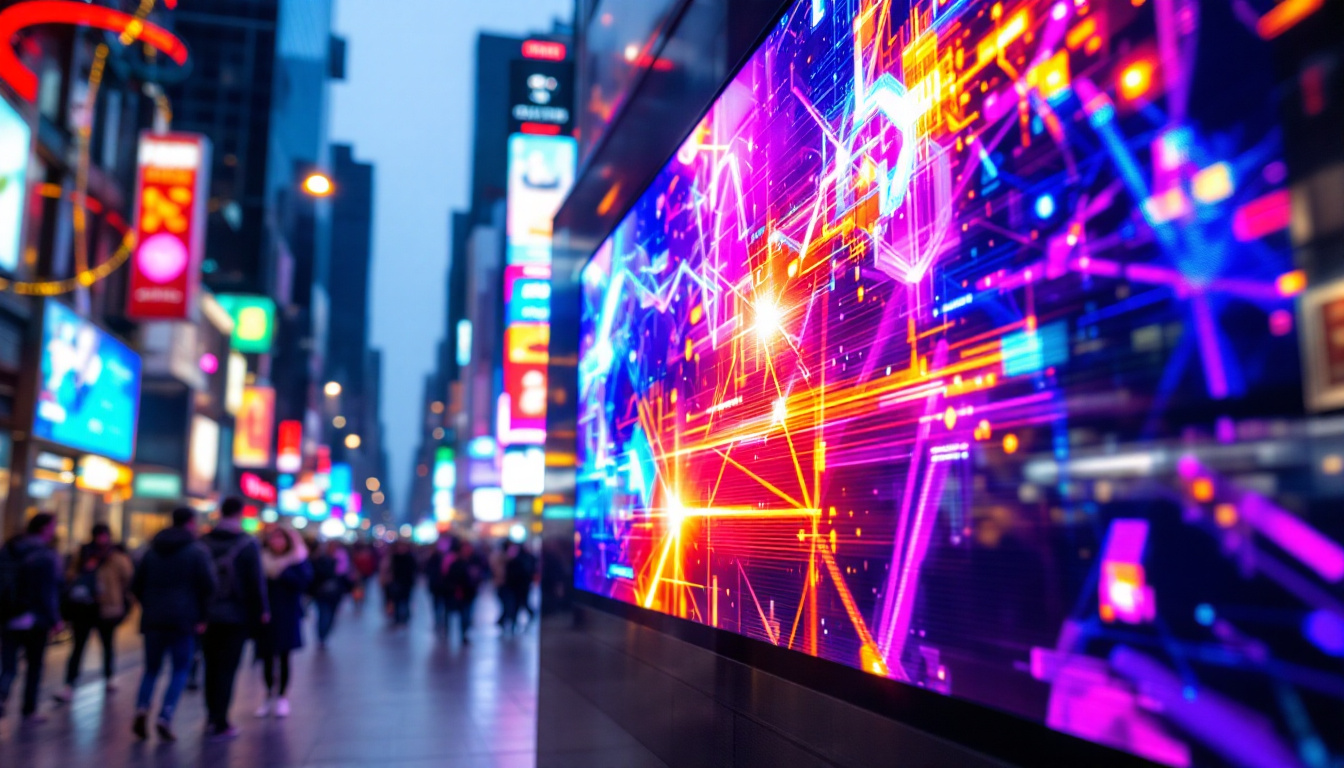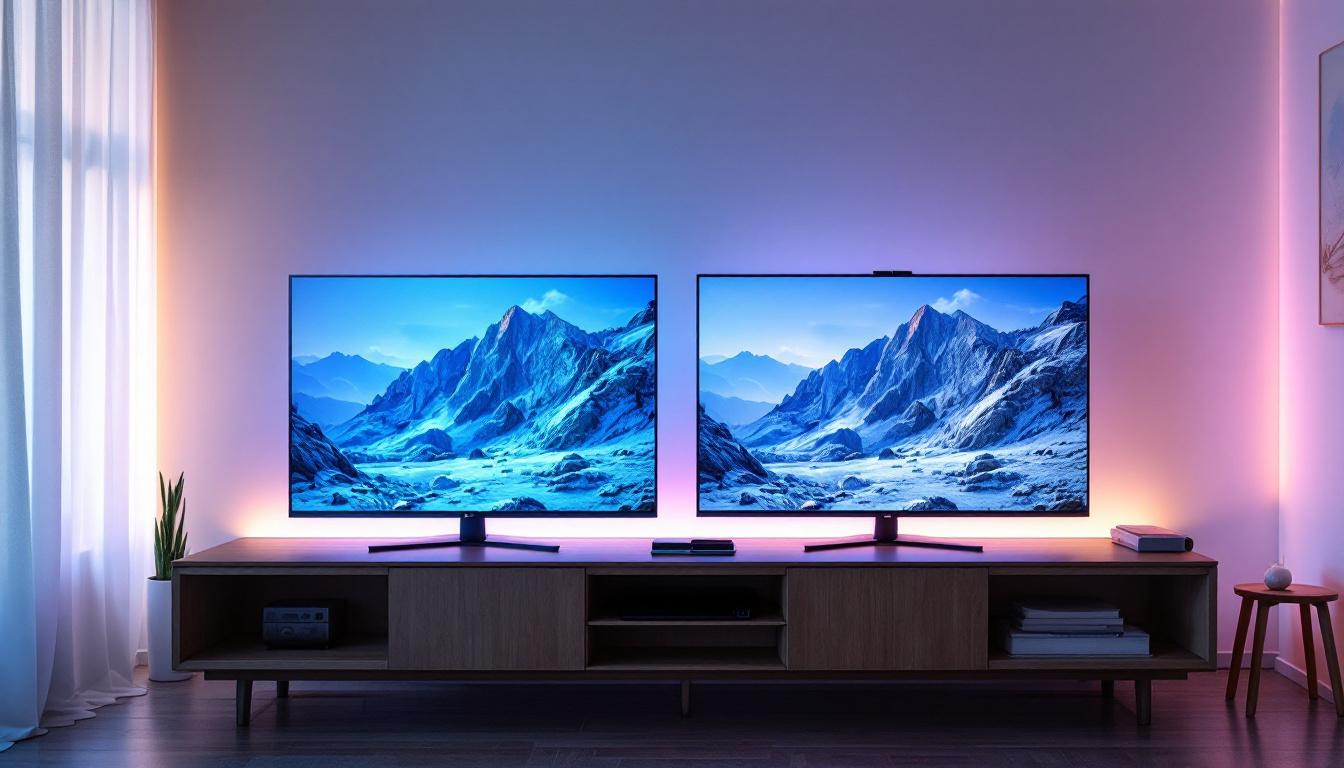In the world of modern technology, the size of displays plays a crucial role in user experience and functionality. One common measurement that often comes up is the size of screens, particularly in inches. For those dealing with international standards or specific technical applications, converting these measurements into millimeters (mm) is essential. This article will explore the conversion of 105 inches to millimeters, while also delving into the intricacies of LED displays, their applications, and how size impacts performance.
Understanding the Conversion: Inches to Millimeters
To begin with, it is important to understand the conversion process from inches to millimeters. The relationship between these two units of measurement is straightforward: one inch is equivalent to 25.4 millimeters. Therefore, to convert inches to millimeters, one simply multiplies the number of inches by 25.4.
The Calculation
For a display size of 105 inches, the conversion to millimeters would be calculated as follows:
105 inches × 25.4 mm/inch = 2667 mm
This means that a 105-inch display measures 2667 millimeters diagonally. This size is significant, especially in the context of large LED displays used in various applications. Such displays are commonly found in public spaces, such as airports, shopping malls, and stadiums, where visibility from a distance is crucial. The expansive size allows for high-resolution images and videos that can captivate audiences and convey information effectively.
Why Conversion Matters
Understanding the conversion from inches to millimeters is not merely an academic exercise; it has practical implications in various fields. For instance, designers and engineers often work with metric measurements, especially in regions where the metric system is the standard. Accurate conversions ensure that specifications are met and that components fit together correctly, particularly in manufacturing and installation processes. In industries such as automotive and aerospace, precision is paramount, and even minor discrepancies in measurement can lead to significant issues in safety and performance.
Moreover, the importance of this conversion extends into the realm of consumer electronics, where product specifications are often listed in both inches and millimeters. For instance, when purchasing a new television or computer monitor, consumers may encounter various screen sizes and dimensions. Understanding how to convert these measurements can empower buyers to make informed decisions based on their space and viewing preferences. Additionally, as the global market continues to expand, familiarity with both measurement systems becomes increasingly essential for effective communication and collaboration across borders.
What is an LED Display?
LED, or Light Emitting Diode, displays are a type of flat panel display that uses LEDs as a light source. These displays have become increasingly popular due to their energy efficiency, brightness, and versatility. Unlike traditional LCDs, which rely on backlighting, LED displays can produce vibrant colors and deep blacks, making them ideal for a variety of applications. The technology has evolved significantly over the years, leading to improvements in both performance and affordability, allowing more consumers and businesses to benefit from this advanced display technology.
How LED Displays Work
LED displays work by utilizing a matrix of tiny light-emitting diodes. Each diode can emit different colors of light, which combine to create the full spectrum of colors seen on the screen. The display is typically divided into pixels, with each pixel containing multiple diodes. This arrangement allows for high-resolution images and videos. The precise control of each diode enables dynamic brightness adjustments and color accuracy, which enhances the viewing experience, especially in environments with varying lighting conditions.
In addition to their brightness and color capabilities, LED displays can be made in various sizes and shapes. This adaptability makes them suitable for everything from small handheld devices to massive outdoor screens used for advertising and public information. Furthermore, advancements in technology have led to the development of flexible LED displays, which can be curved or bent to fit unique spaces, opening up new possibilities for creative installations in architecture and design.
Types of LED Displays
There are several types of LED displays, each designed for specific applications. The most common types include:
- Direct View LED: These displays are made up of individual LED modules that are assembled together to form a larger screen. They are often used for large outdoor displays and billboards.
- LED-backlit LCD: These displays use LEDs to illuminate an LCD panel. They are commonly found in televisions and computer monitors.
- MicroLED: A newer technology that offers even higher resolution and energy efficiency by using microscopic LEDs. MicroLED displays are still in the early stages of development but show great promise for the future.
Additionally, there are OLED (Organic Light Emitting Diode) displays, which, while not strictly LED, share some similarities. OLED technology allows for even thinner screens and better contrast ratios since each pixel emits its own light, eliminating the need for a backlight. This results in displays that can achieve true blacks and a wider viewing angle. As the market continues to evolve, the competition between these technologies drives innovation, leading to better performance and more options for consumers.
Applications of LED Displays
LED displays have a wide range of applications across various industries. Their versatility and performance make them suitable for both commercial and personal use.
Commercial Use
In commercial settings, LED displays are often used for advertising and promotional purposes. Retailers utilize large LED screens to showcase their products, while sports arenas employ them for scoreboards and instant replays. The ability to display bright, eye-catching visuals makes LED displays a powerful marketing tool.
Additionally, LED displays are used in transportation systems for real-time information. Buses and trains often have LED screens displaying arrival times and service updates, enhancing the passenger experience. These displays not only provide essential information but also contribute to the overall efficiency of public transport systems, allowing passengers to plan their journeys with greater accuracy and confidence.
Entertainment and Events
In the entertainment industry, LED displays are essential for concerts, festivals, and theatrical performances. They can create immersive experiences with vibrant visuals that enhance the overall atmosphere. Event organizers often use large LED screens to broadcast performances to large audiences, ensuring that everyone has a clear view of the action. The flexibility of LED technology allows for dynamic content that can be tailored to fit the theme of the event, whether it’s a high-energy music festival or a dramatic theater production.
Moreover, LED displays are increasingly being integrated into art installations and interactive exhibits, blurring the lines between technology and creativity. Artists use LED technology to create stunning visual displays that engage audiences on multiple sensory levels. This innovative use of LED displays not only captivates viewers but also encourages them to interact with the artwork, fostering a deeper connection and enhancing their overall experience. As technology continues to evolve, the potential for LED displays in the entertainment sector seems limitless, paving the way for new forms of artistic expression and audience engagement.
The Impact of Size on LED Displays
The size of an LED display significantly impacts its performance and usability. Larger displays, such as the 105-inch model discussed earlier, offer several advantages and considerations.
Advantages of Larger Displays
One of the primary benefits of larger LED displays is their visibility. In large venues or outdoor settings, a bigger screen ensures that more people can see the content clearly. This is particularly important for events, advertising, and public information displays.
Larger displays also allow for higher resolutions, which can enhance the viewing experience. With more pixels available, images and videos appear sharper and more detailed, making them ideal for high-definition content.
Considerations for Installation and Use
While larger displays offer many advantages, they also come with challenges. Installation can be more complex, requiring specialized mounting solutions and careful planning to ensure stability and safety. Additionally, larger displays may consume more power, necessitating considerations for energy efficiency and electrical requirements.
Furthermore, the environment in which the display will be used plays a critical role. Outdoor displays must be weather-resistant and capable of handling varying light conditions, while indoor displays may prioritize aesthetics and integration into the surrounding space.
Future Trends in LED Display Technology
The LED display industry is continually evolving, with advancements in technology leading to exciting new possibilities. As demand for high-quality visual experiences grows, several trends are shaping the future of LED displays.
Increased Resolution and Pixel Density
As technology progresses, the resolution of LED displays is expected to increase. Higher pixel densities will allow for even sharper images, making displays suitable for applications that require fine detail, such as medical imaging and high-end gaming.
MicroLED technology, in particular, is paving the way for ultra-high-resolution displays that can be used in various settings, from consumer electronics to large-scale installations.
Integration with Smart Technology
Another significant trend is the integration of LED displays with smart technology. Displays that can connect to the internet and interact with other devices are becoming more common. This connectivity allows for dynamic content updates, remote management, and enhanced interactivity, providing users with a more engaging experience.
Conclusion
Understanding the conversion of 105 inches to millimeters is just the beginning of exploring the world of LED displays. These displays have transformed how information is presented and consumed, offering vibrant visuals and versatile applications across various industries.
As technology continues to advance, LED displays will likely become even more integral to everyday life, enhancing experiences in entertainment, advertising, and communication. Whether for personal use or large-scale installations, the impact of LED displays is undeniable, making them a crucial component of modern technology.
In summary, the conversion from inches to millimeters is essential for accurate specifications, while the understanding of LED display technology opens up a world of possibilities for innovation and creativity. As the industry evolves, staying informed about trends and advancements will be key to leveraging the full potential of LED displays.
Discover LumenMatrix’s Innovative LED Display Solutions
Ready to experience the future of visual communication? LumenMatrix is at the forefront of LED display technology, offering a wide array of solutions that bring your content to life. From Indoor and Outdoor LED Wall Displays to specialized options like Vehicle, Sports, and Floor LED Displays, our products are designed to captivate and engage. Embrace the revolution in digital signage with Custom, All-in-One, and Transparent LED Displays that set your brand apart. Don’t just share your message—make an impact with clarity and vibrancy. Check out LumenMatrix LED Display Solutions today and see how we can transform your visual storytelling.


